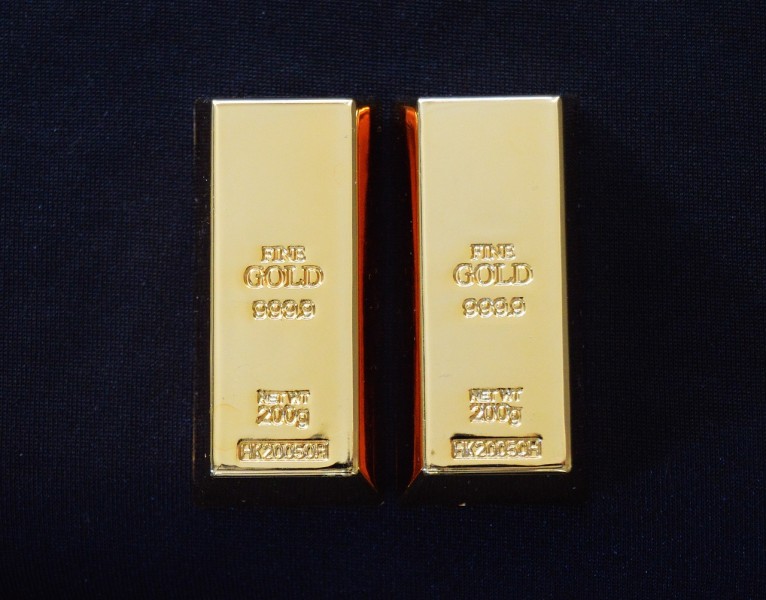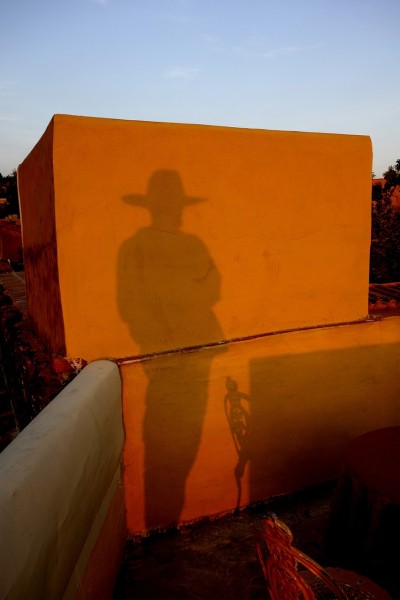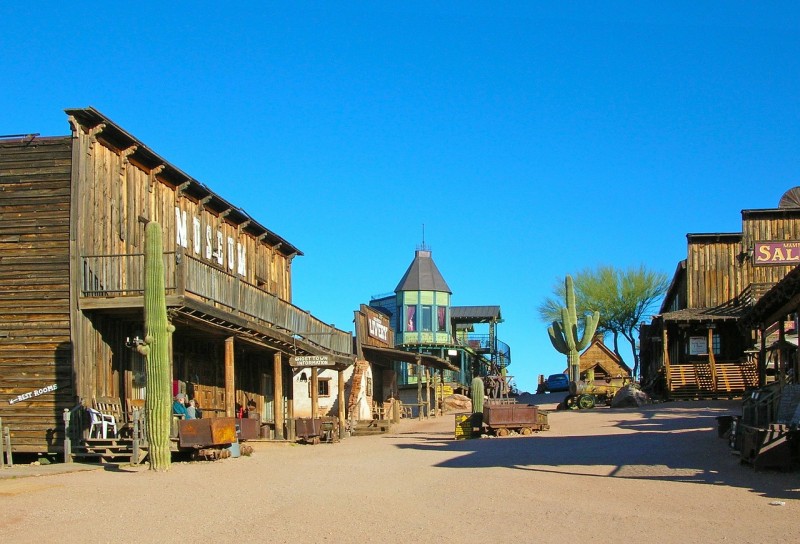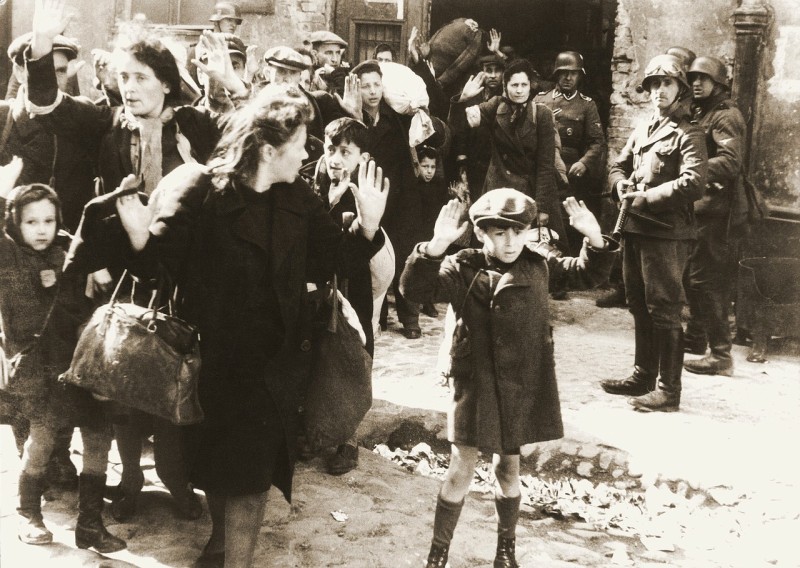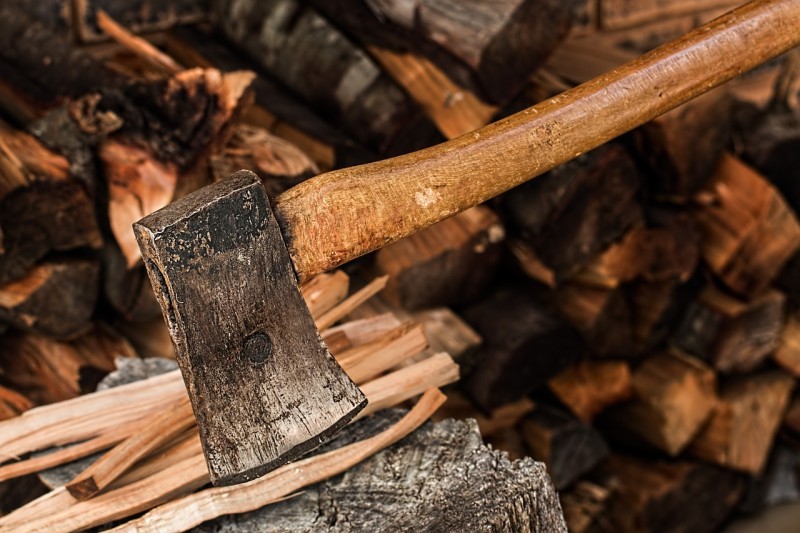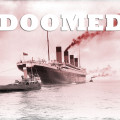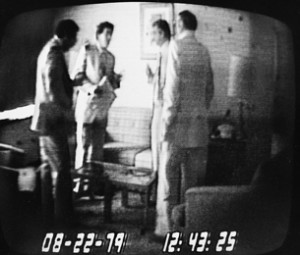7 Historical “Facts” That Might Be Fiction

History’s myths are as prevalent as the truth in pop culture and beyond. The facts on this list might surprise you, leave you indignant (check the references. We dare you.), or surprise you.
#1 Ft. Knox’s Gold Stores Are Huge and Important
There’s no denying that Fort Knox is the Federal Reserve’s only gold repository. The amount of gold inside is rumored to total 147.3 million ounces. That’s a LOT of gold. Rumor has it that it’s not there anymore, however. Conspiracy theorists think the gold’s been spent, and security analysts argue that it may have been redistributed for safety.
Frankly, we think they’re all wrong. The gold’s probably still there.
Let’s just assume ALL the gold is in Ft. Knox. It doesn’t matter much. The US currency hasn’t been tied to a gold standard since 1971, and the amount of gold in the fort, although a lot, is peanuts when compared to our nation’s economy.
Seriously.
According to the World Bank, the US economy was $16,768,100,000,000.0 in 2013. The current value of gold is $1,183.68 per troy ounce, so despite a drastic increase in price over the past few years, the gold the Federal Reserve owns is only worth $174,356,064,000.00. Not even a trillion.
Of course, I’m sure most of us would still love to have that kind of change lying around.
As for it being important, there are more than a few financial analysts who think we should be selling the nation’s gold instead of hoarding it…making it not as important as politicians would love to make it.
#2 Native Americans and Cowboys Were Bitter Enemies in the American Old West
Ok, first let’s go over the basics. Not all cowboys were white. Some were black and some were Hispanic. The Asian population in the Old West was so high that the US government capped the number of new Asian immigrants, beginning in 1882 with the Chinese.
In some places, Hispanic and Spanish settlers still lived on former Mexican lands (although most went to Mexico when the territories changed hands.)
There were women in the American Old West – and not just prostitutes. There were children in the Old West, too.
Now that we’ve got that out of the way, what about Native American and settler relations?
Sure, we had the Indian Wars, but they weren’t with every tribe. In fact, intermarriage wasn’t uncommon between black cowboys or ex-slaves and Native Americans. Where Native Americans and Blacks were treated as slaves and servants by Whites, intermarriage was common. When Native Americans were treated as superior to Blacks, they often enslaved Blacks, as well.
And as for relations between cowboys and Indians, Buffalo Bill Cody, legend of the Wild West and US Army scout with a reputation for killing Native Americans in the wars, had this to say:
“The defeat of Custer was not a massacre. The Indians were being pursued by skilled fighters with orders to kill. For centuries they had been hounded from the Atlantic to the Pacific and back again. They had their wives and little ones to protect and they were fighting for their existence.”
As with most historical conflicts, the story is more complicated than we normally hear. Relations with some tribes were peaceful – they were allies, not enemies. Others were at odds with the American goal of westward expansion and “Manifest Destiny,” which made them enemies.
Unprovoked attacks occurred, and violence happened, but in many parts of the Old West, cooperation was equally common.
But how fun is it to tell the story of the friends who warned you not to settle on a particular river (Hello, Denver…) because it was prone to flooding, or looked out for you in winter and brought cured buffalo meat to help you survive?
#3 Speaking of the Old West, I Bet You Think it Was Wild…
The Old West has a second moniker – the Wild West. Sure, the name brings to mind saloons, cowboys, gunslingers, brothels, and lawmen. It was a dangerous place, full of sin and violence.
And who doesn’t know about the Lone Ranger? We’ve all seen 3:10 to Yuma. Tombstone was a bloody place, too. Right?
Only it wasn’t.
In fact, the violence in the “Wild” West doesn’t compare to the levels of murder and crime we see in modern cities. In 1974, historian Eugene Holton wrote that the Old West was “far more civilized, more peaceful, and safer … than American society today.”
The ‘law’ didn’t keep order, though. That job was largely left to cattlemen’s associations, mining camps, and wagon trains. Private protective agencies ruled the West.
As for Tombstone, the city with a reputation as one of the bloodiest in the old West had tougher gun laws than modern Arizona – you could bring a gun to town, but you had to give it to the sheriff when you arrived and pick it up when you left.
That fight in the OK corral? Not so much. It actually took place in an alleyway. Despite being the most famous fight in Wild West history, only 7 people were involved, of which three died.
Ever wonder what caused it?
The Earp brothers and local law attempted to enforce Tombstone’s “no guns in public” rule… So much for everyone being armed and saloon shootouts being the rule of the day.
#4 World War II Was Won By…Who?
American losses were heavy in World War II. Watch any movie based in the era, and you’ll get the impression that every single man in the US was either fighting in the war, hiding from the draft, or medically disqualified.
Of course that means we beat the Nazis, right?
Actually, history is a little more complicated. The American forces might have been the straw that broke the Nazi camel’s back, BUT ¾ of the Nazi’s losses occurred fighting the Soviet Union.
In Russia, it’s not World War II. It’s the Great Patriotic War. And rightly so – more than 26 million Soviet citizens died in the war, and roughly 11 million of them were soldiers.
12,209,238 American soldiers fought in the war, and 671,278 US military personnel died in it. That’s no small number, but it pales in comparison the Soviet losses.
The Red Army suffered 95% of the casualties of the war.
World War II’s victory wasn’t exclusively an Allied one, and definitely not only an American one. No matter what the politics of the moment are, this is one victory we need to remember is shared.
#5 The First Lightbulb Was Invented by Edison
Edison is often thought of as the guy who gave us light. And he did. He was one heck of a good businessman; a shark if you will. But he wasn’t responsible for the invention of the first electric light…he just made it better.
He made it commercially viable.
Even though Edison didn’t invent it, he certainly put a lot of effort into perfecting the lightbulb. We can thank him for the modern incandescent bulb, along with these guys:
- Alessandro Volta
- Humphrey Davy
- Warren de la Rue
- Hiram Maxim
- Joseph Swan
- William Staite
- Charles Francis Brush
- Henry Woodward
- Matthew Evans
- Lewis Howard Latimer
- Willis R. Whitney
- William David Coolidge
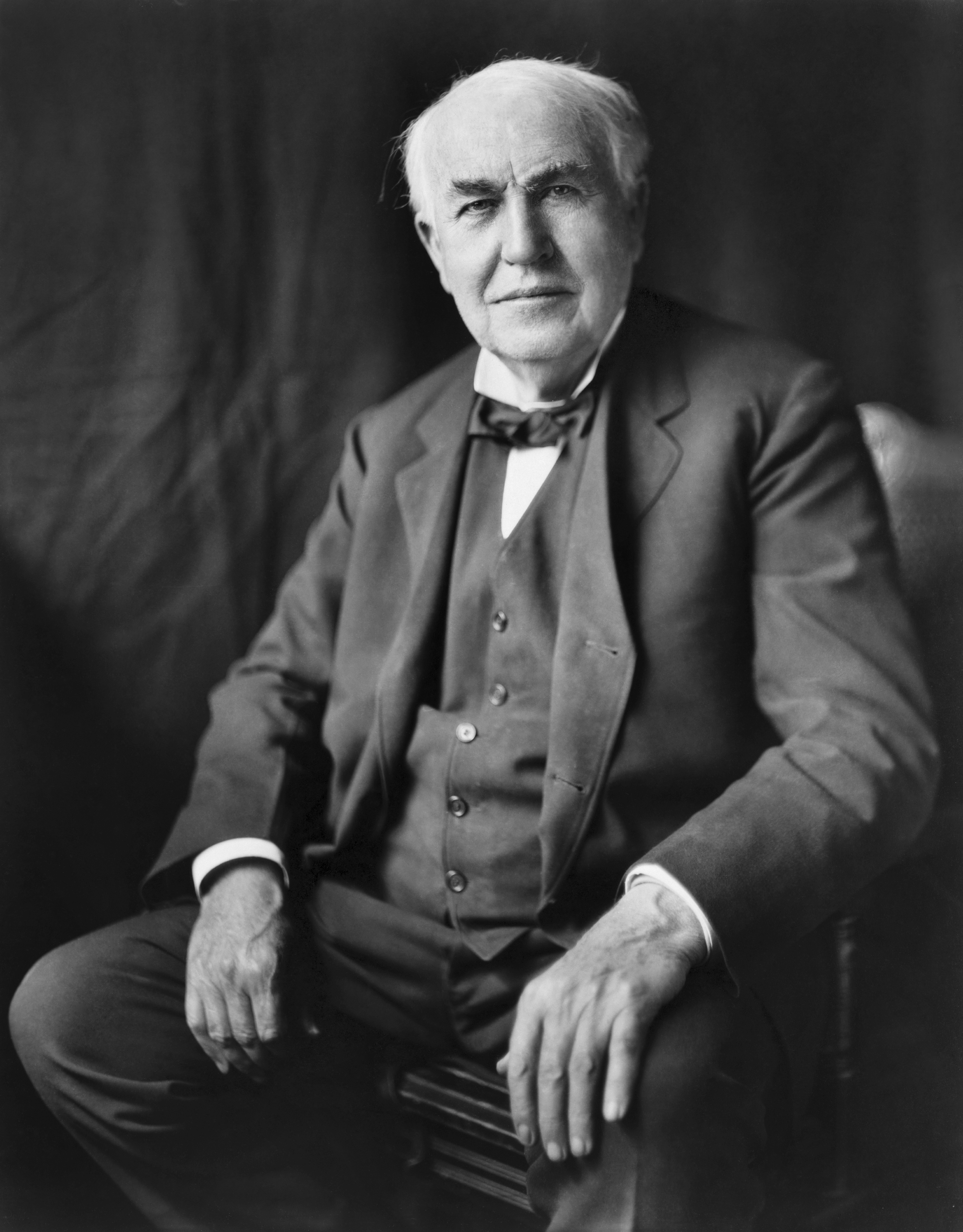
Thomas Edison. Photo via wikipedia.
To be fair, Edison did test more than 3,000 versions of an incandescent lightbulb, but his real success was as a businessman and patent buyer. He put several of his potential competitors out of business before they could beat him to the metaphorical punch.
#6 Lizzie Borden Took An Axe…
Gave her mother 40 whacks…so goes the rhyme of the Lizzie Borden murder mystery.
Actually, she didn’t hand out whacks. Not even one.
Lizzie was acquitted in less than two hours of deliberation. Historians and the jury at her trial agree – Lizzie was innocent and orphaned by a horrific tragedy.

Lizzie Borden, 1889.
The real story is a little creepier than the nursery rhyme.
Assuming Lizzie didn’t do it, who did pick up that axe? Rumors mentioned a tall, pale-faced vagrant in the area. And then there was the Manchester murder, just ten months after the Borden murders….
#7 Bra-burning Feminists Were a Symbol of the Hippie Movement
Close your eyes and picture the 1960s (assuming you weren’t alive back then). Picture hippies, feminists, and the sexual revolution. Do bra-burning feminists fit in with your idea of sex, love, and rock ’n’ roll?
If not, you’re on the side of history.
Of course, a few nice ladies did throw out their bras and other “instruments of torture” in protest of the Miss America pageant, but the items went into a trash bin. Maybe they forgot to bring a matches?
Just to be clear, however, the myth wasn’t a move to squash feminism by men. In fact, it was accidentally started by a female reporter in an attempt to gather attention for the growing Women’s Liberation movement.
That backfired quickly.
Within a few short years, the term “bra-burning feminist” was being hurled as an insult at feminists.
If you’re as amazed as we were to make these discoveries, do us a favor and share the article. Know any “facts” we missed? Share them in the comments. We’d love to learn about them!
Image Credits: Pixabay




